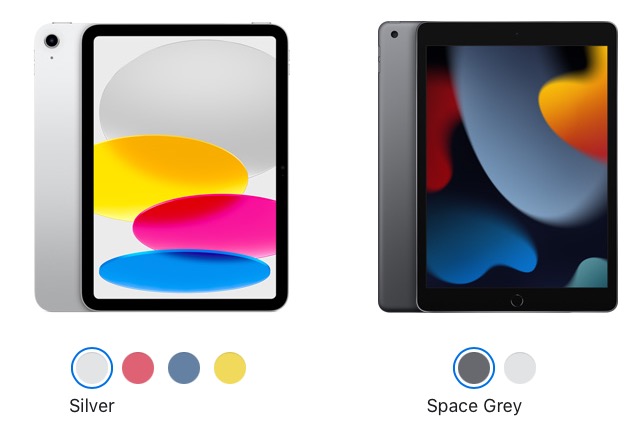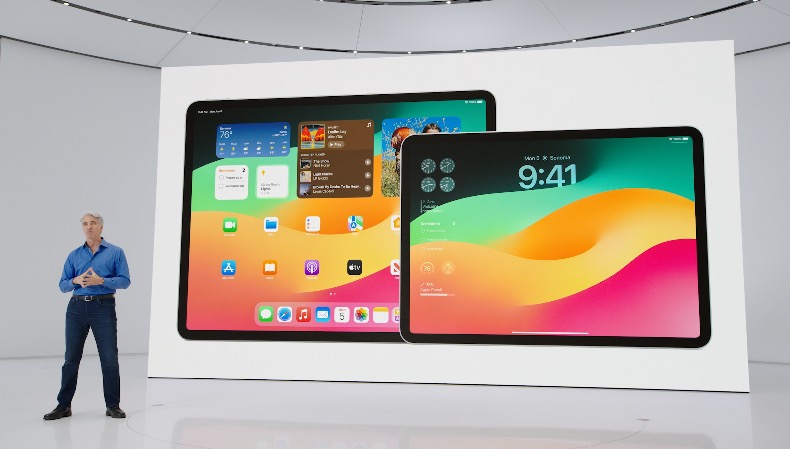
Quebec Students View iPads As Entertainment Devices, Rather Than Teaching Tools

We’ve seen multiple reports worldwide about schools buying iPads to take education to another level. The initiative is great, because the potential is amazing: less weight to carry around, quick access to information, less paperwork, etc. However, as the most recent study shows, the iPad can quickly become the distracting factor that teachers fight against throughout their whole career.
“Distraction is a big challenge but we did a couple of studies on the use of cellphones in the classroom and even when it’s forbidden, 95 per cent of the students in Grade 10 and 11 were texting in class, when they’re not even allowed to have a cellphone,” study co-author Thierry Karsenti said.
“So distraction was there before, it was just more discreet. Now you’re officially allowed to be distracted. Good teachers will go around, move in the classroom, change things around, get students busy.”
As it turns out, about 33% of the 6,057 surveyed Quebec students — enrolled in Grades 6 through 10 — admitted that they used the iPad to play games during class, instead of work. Furthermore, the vast majority (99%) of them found the gadgets to be distracting, the study obtained by the Globe and Mail found.
In other words, the dream of a better education can quickly turn into a nightmare. The tool that has “breathtaking cognitive potential” has become a distraction for a majority of the surveyed students.
But the problem hides deeper in the system, as highlighted by the study: About 70% of the teachers had either never or rarely used an iPad before they got one from the school as their new teaching tool. This percentage is much lower, at 53.6%, among the students.
“Some of the teachers were getting the iPad on the first day of school with their students, can you imagine? All the students were on Facebook, Twitter and the teachers were like, ‘Oh my God, this is not working,’ and blaming the technology because he or she was not ready,” said Karsenti, the Canada Research Chair for information and communication technologies in education.
As a result, the technology’s potential was left unexploited: Students were still using textbooks, and many assignments were still submitted on paper. So, in the end, the students still see the iPad as an entertainment device, as the majority of time spent (76%) with the device outside the classroom included social activities and amusement. Furthermore, if we add the time dedicated to gaming (12.7%), the result (time spent on education) is quite discouraging.

